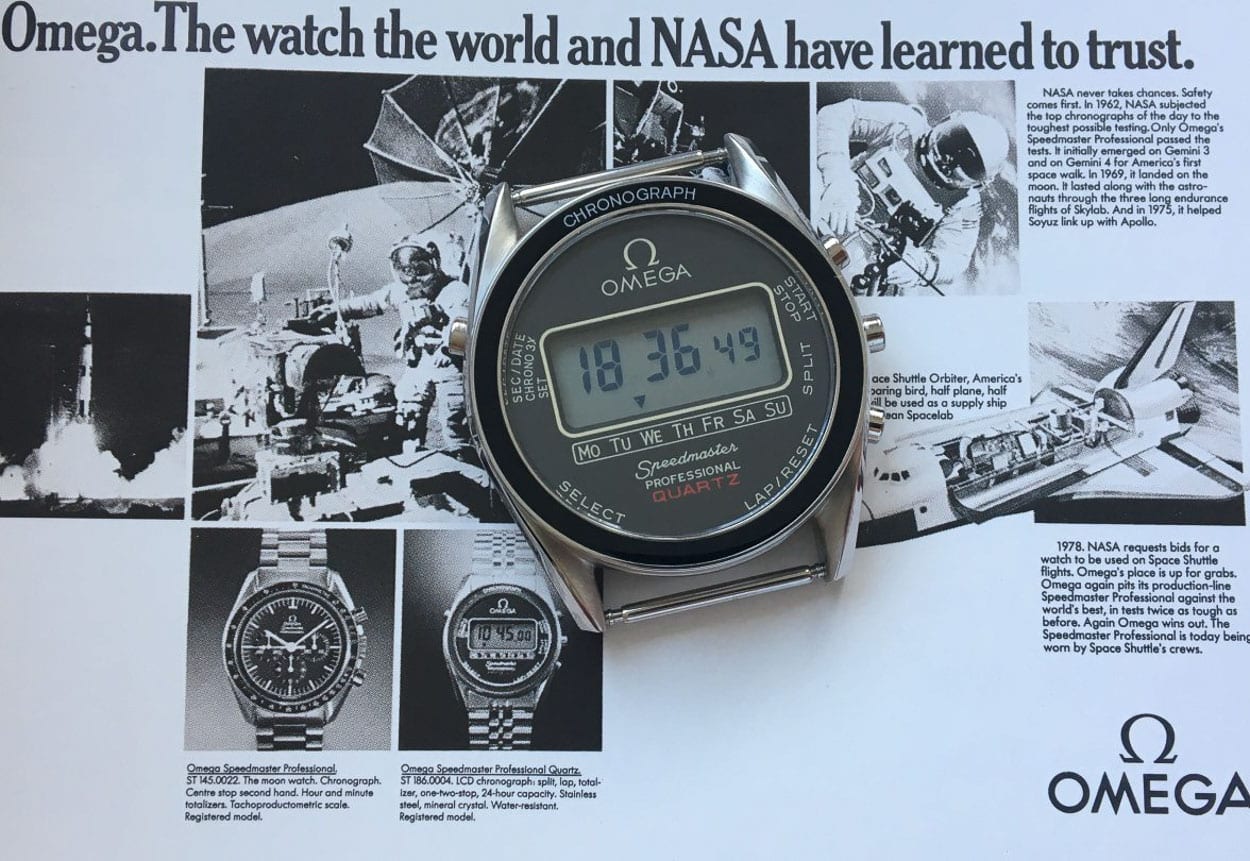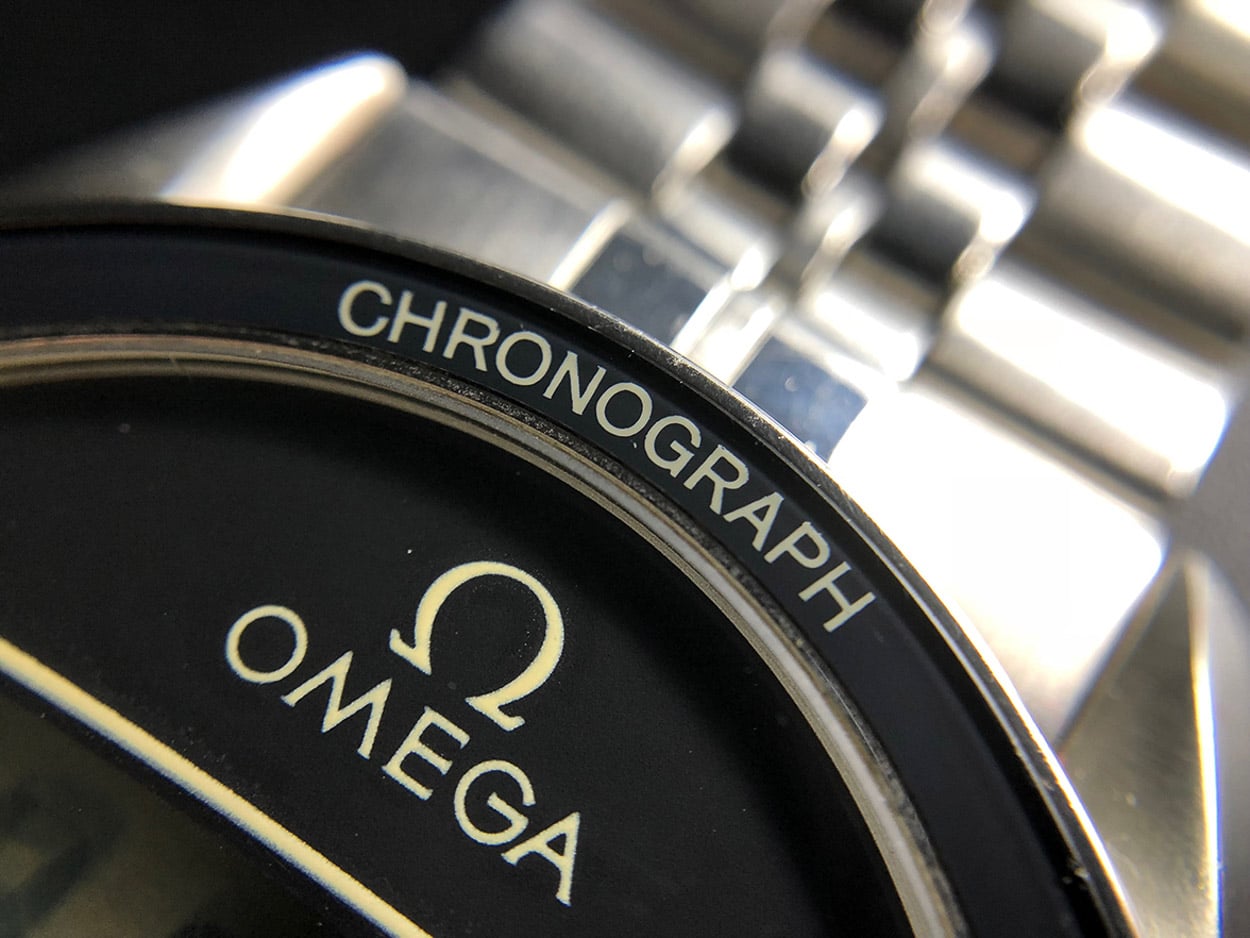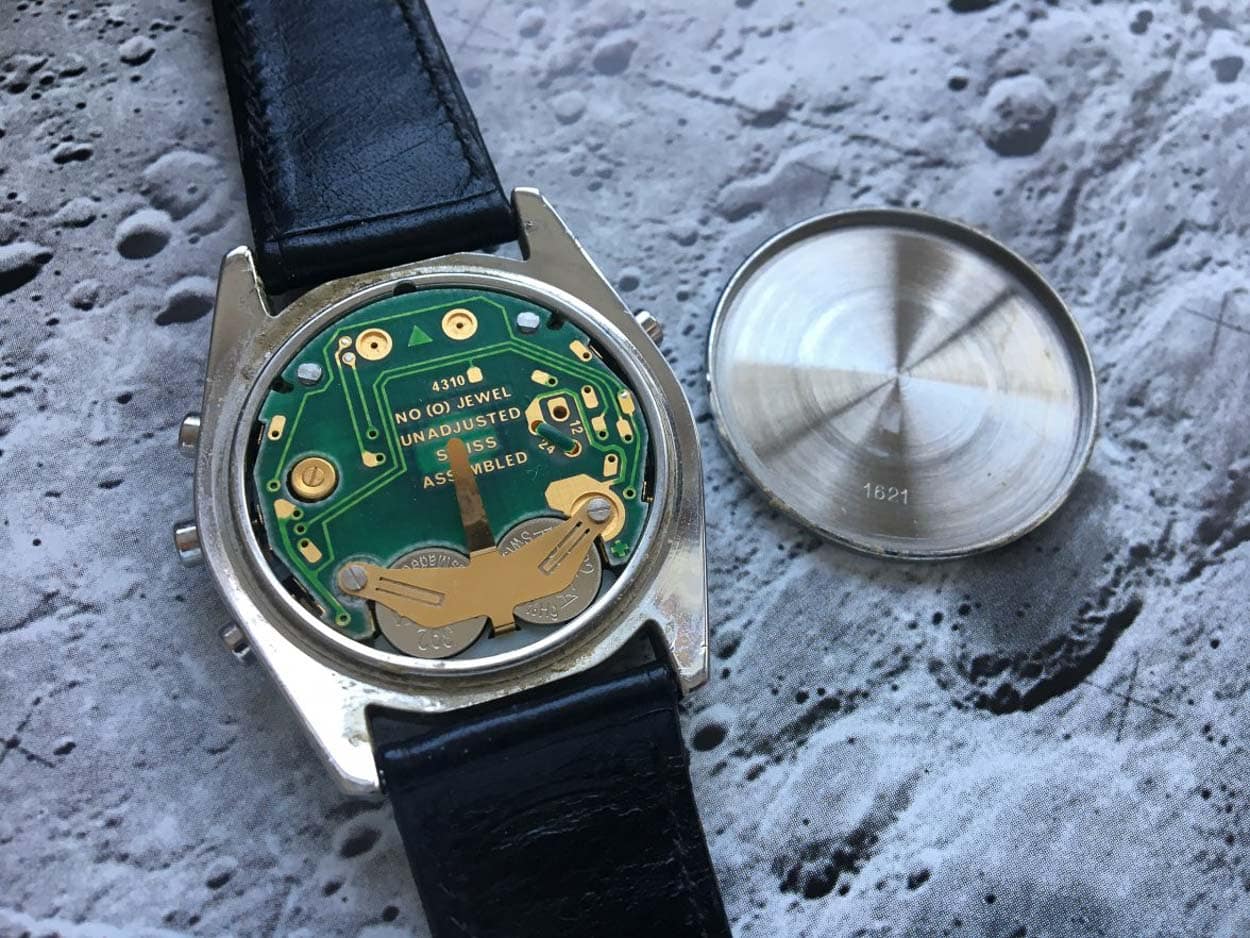Speedy Tuesday – The Most Geeky Speedmaster Now Documented
Although it might be a close call between this LCD Speedmaster and the later Speedmaster X-33, I feel the LCD still wins the ‘Most Geeky Speedmaster’ title due to its high late 1970s/early 1980s design.
We covered the LCD a couple of times before (read this early Speedy Tuesday story for example), and especially our team member Gerard warmed up to them quite a bit. But if there’s one guy who knows them best, it must be the Speedmaster fan from Switzerland who goes by the name of @kovpics on Instagram. He just finished a website that perfectly documents the LCD Speedmaster that was actually submitted to NASA for tests in 1979. A project by Omega that’s known today as Alaska IV. Yes, that’s right after the 1978 Alaska III on which the Speedmaster Speedy Tuesday was based. In the course of publishing a story each week for our Speedy Tuesday feature, we ran across a number of LCD Speedmaster watches through the years. Somehow they do have the attention of some die-hard Speedmasters fans, especially since these were part of the Alaska projects done by Omega. A bit geeky, but it is a nice and welcome change if you have a number of Moonwatch models already. Or a nice addition to any digital watch collection, of course. Without further ado, I want to let the owner of the new Omega LCD Speedmaster website do the talking (or writing).
Omega LCD Speedmaster
Besides some technical information about the Quartz calibre 1620, I learned that a small batch of approximately 20 prototype watches had been developed by Omega out of which 12 were submitted for qualification tests to NASA in 1979, a project nicknamed « Alaska IV ».
With three different watches in my collection (the regular production model, the unnumbered and the numbered prototypes) I was now able to put them together and compare. It was a pure « spot the differences » game and I soon came to the realization that although they look almost the same, they are in fact all very different!
While talking about my findings with watch friends, the idea of sharing my work with the community became real about a year ago when another collector and friend @T_solo_T published his research website dedicated to the « Holy Grail » Speedmaster. After contacting him and after an extended conversation about my research and the possibilities of sharing my work we came to a consensus on using a common website template and schema.









